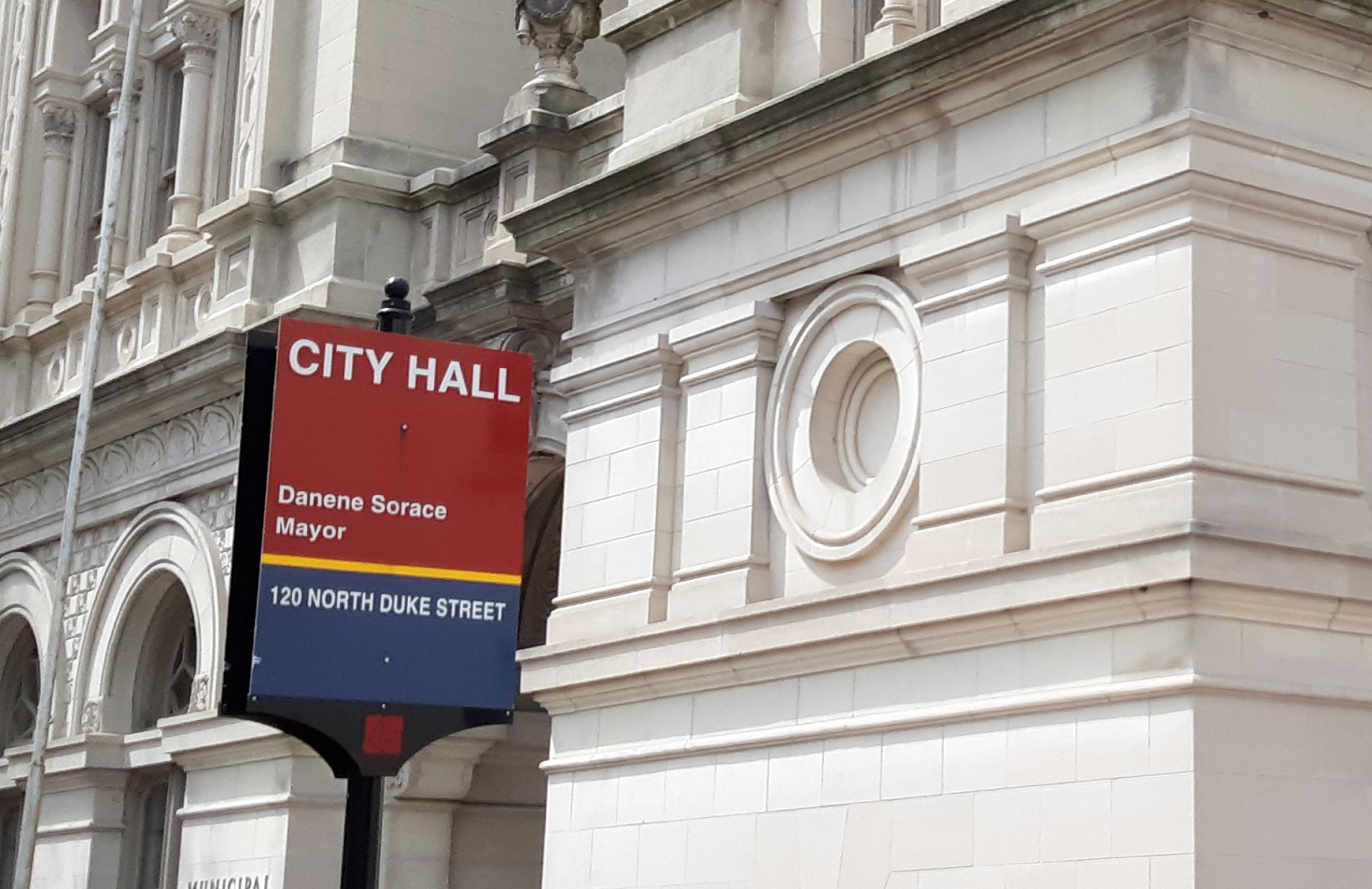Lancaster City Council unanimously passed the city’s 2024 budget and several related measures Tuesday evening.
It leaves city property tax rates unchanged, at 12.64 mills, with 1 mill equal to $1 per $1,000 of assessed value. It includes one rate increase, for sewer service, amounting to 10%, or $4.50 per month for the average customer.
It also reflects the city’s plans to introduce a “Distribution System Improvement Charge,” or DSIC, on water customers in early 2024. The state Public Utility Commission will decide the amount based on data the city is submitting; it will be no more than 5%, and will apply to all customers served by the city water system.
The coming end of ARPA
The 2024 budget authorizes general fund spending of $73.5 million and “enterprise fund” spending (water, sewer, stormwater and trash) of $72.5 million, for a total of $146 million.
Like its predecessor, it uses $6 million in one-time federal American Rescue Plan Act funds as “revenue replacement” to fill a deficit that would otherwise require a higher property tax rate or steep spending cuts.
While ARPA used for revenue replacement is budgeted ahead of time, it is disbursed retroactively: On Tuesday, City Council passed a bill appropriating $6 million in ARPA for the 2023 budget; it will do the same 12 months from now for 2024.
ARPA will no longer be available after 2024, leaving the city once again to bridge its structural deficit without assistance. The impending challenge led Mayor Danene Sorace in her 2023 State of the City Address to call for a Home Rule Study Commission, which was empaneled this summer.
The commission is to vote next month on whether to draft a home rule charter. If it does so, and voters approve it in November, it could potentially allow the city to raise the earned income tax rate for 2025. Sorace has said that shifting the tax burden to the EIT would be more equitable than continued property tax hikes, which tend to burden senior citizens and other individuals on limited or fixed incomes.
If the commission does not proceed with drafting a charter, then the city will be facing “a serious community conversation” about tax hikes and service cuts, Sorace said at City Council’s Dec. 9 budget hearing.
Currently under the Third Class City Code, Lancaster’s EIT is capped at 0.6%. (Another 0.5% from the tax goes to the School District of Lancaster.) Because city residents’ income has been growing, EIT revenues have been doing the same: They dipped slightly in 2020, due to the pandemic, but increased by about a quarter in the three years that followed. For 2024, they are projected to increase another 8.6%, to $9.15 million.
At the Dec. 9 budget hearing, Sorace and city department heads said they had done their best to bring in a zero-increase budget for 2024. A couple of examples: Steve Campbell, director of public works, said a new fleet contract is expected to save about $250,000 a year over the next decade; Chris Delfs, director of community planning and economic development, said his department is covering more than three-quarters of its costs through grants and fees and has reduced its impact on the general fund by more than $1 million.

Those efforts are more than offset, however, by a number of unavoidable cost drivers, Sorace said: They include retiree pension and medical benefits and payment on debt incurred in previous years, all totaling about $1.5 million. The city also has salary increases locked in under its union contracts, averaging about 3% a year.
Looking ahead, the city’s consent decree with the U.S. Environmental Protection Agency is expected to necessitate expensive upgrades in coming years to its sewer system (underwritten by sewer rates) and green infrastructure (underwritten by stormwater fees). The extent of what will be required remains unknown, and will depend in part on a determination of how much additional cost city ratepayers can reasonably be asked to shoulder.
A salary tweak
City Council made one amendment to the budget before passing it: An adjustment to the mayor’s salary. An ordinance passed a couple of years ago entitles the mayor to the same percentage raise as state legislators receive, but the latter figure typically is not available when the budget is drafted. A provisional estimate of 3% was used, Administrative Services Director Tina Campbell said.
The actual percentage, 3.4793%, entitles the mayor to a raise from $95,786 to $99,119, or $459 more than the 3% that had been estimated. City Council accordingly appropriated the additional dollars.
To keep the budget balanced, with total spending unchanged, the $459 was taken from a line item in the solicitor’s budget for professional services, reducing it to $134,541. The line item primarily goes toward third-party legal services, Campbell said.








